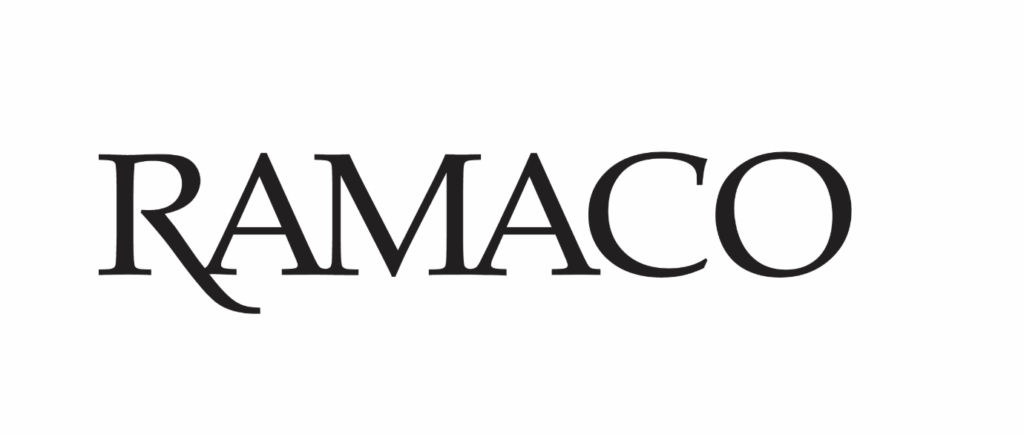Australia has witnessed a modest 3% year-over-year increase in coking coal exports in the first half of 2024, reaching 75.5 million tonnes (mnt), compared to 73.3 mnt during the same period last year, according to data from BigMint. This growth comes amid a significant month-over-month surge in June 2024, where exports jumped over 11% to 14.43 mnt from 12.97 mnt in May 2024.
The increase in exports follows a recovery from weather-related disruptions earlier in the year, coupled with a boost in shipments as the fiscal year-end approached. Despite these gains, exports to some of Australia’s major trading partners in Asia saw a decline.
Shifts in Export Dynamics to Asia
Shipments to India fell by 6.5%, dropping to 19.12 mnt from 20.44 mnt in the first half of 2023. Japan and South Korea also experienced downturns in imports by 1% and 7.58% respectively, while Vietnam saw a significant reduction of 42.52% in imports. In stark contrast, exports to China soared by a remarkable 203.7%, reaching 6.56 mnt from just 2.16 mnt in the previous year.
Port Activity and Price Trends
The Dalrymple Bay Coal Terminal (DBCT) remains the largest load port for Australia, though it too reported a slight 1% decline in shipments. In contrast, Gladstone Port saw a robust 11.44% increase in its handling volumes. Haypoint Port and Port Kemble experienced declines of 10.47% and 9.47%, respectively.
On the pricing front, Australian coking coal prices saw a significant decrease of 30% in the first half of 2024, dropping to $150 per tonne FoB compared to $225 per tonne FoB in the same period last year. This decline reflects easing demand and lower buying interest from major Asian markets.









